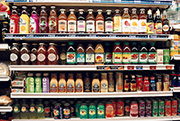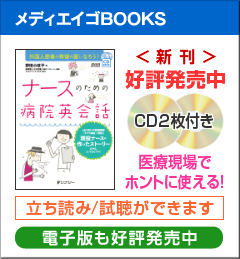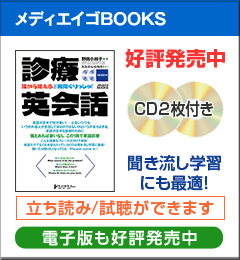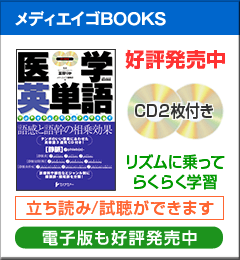

(C) flickr & dM.nyc
近年,注意欠陥多動障害(ADHD)など子供の発達障害が注目されている。イギリスで行った調査によると,食品に使われる着色料や保存料で,注意欠陥や多動などの症状が促進されることが明らかになった。この調査では,3歳児153名と8歳児144名に,着色料と保存料が入ったジュース,または普通の果物ジュースを6週間飲ませたところ,添加物の入ったジュースを飲んだ子供の方が多動がみられる率が高かった。研究者らは,これらの物質を摂取しないからといって多動が防げるわけではないが,1つの要因を取り除くことはできると話している。(吉田素子)
A study by researchers(1) at the University of Southampton has shown evidence(2) of increased levels of hyperactivity(3) in young children consuming(4) mixtures(5) of some artificial food colours(6) and the preservative(7) sodium benzoate(8).
The possibility of food colours and preservatives affecting children’s behaviour(9) has long been an unresolved(10) question for parents. This significant(11) new research by a team from the University of Southampton’s Schools of Psychology(12) and Medicine provides a clear demonstration(13) that changes in behaviour can be detected(14) in three-year-old and eight-year-old children.
The research, which was funded by(15) a £0.75m grant(16) from the Food Standards Agency(17) and is published in The Lancet online(18) today (6 September), involved(19) studying levels of hyperactivity in 153 three-year-olds and 144 eight-year-olds living in the city of Southampton. The children were selected from the general population(20) to represent the full range of(21) behaviour, from normal through to hyperactive(22), and not for any previous(23) behavioural problems(24) or known sensitivities(25) to particular foods.
The children’s families were asked to put them on a diet(26) free from(27) the additives(28) used in the study. Over a six-week period the children were then given a drink each day which either contained one of two mixtures of food colours and benzoate preservative, or just fruit juice ? with all the drinks looking and tasting identical(29).
Hyperactivity is a behaviour indicated by(30) increased movement, impulsivity(31) and inattention(32). The results of the Southampton study show that when the children were given the drinks containing the test mixtures(33), in some cases their behaviour was significantly(34) more hyperactive. These results replicate(35) and extend(36) previous FSA-funded research by the team in Southampton.
(1) 研究者 (2) 証拠,エビデンス (3) 多動 (4) 摂取している (5) 混合物 (6) 人工食品着色料
(7) 保存料 (8) 安息香酸(あんそっこうさん)ナトリウム (9) 行動 (10) 未解決の (11) 重要な
(12) 心理学 (13) 証明 (14) 認められる (15) ~の資金援助を受けた (16) 研究助成金
(17) 食品基準庁 (18) オンライン (19) ~に関するものだった (20) 一般住民 (21) あらゆる
(22) 異常に活発な(多動の) (23) 以前の,過去の (24) 行動上の問題 (25) 過敏症
(26) (put A ~)Aに食事療法に従うよう(または特殊な食事をとるよう)にさせる (27) ~のない
(28) 添加物 (29) 同一の (30) ~で示される (31) 衝動性 (32) 不注意 (33) 試験対象の混合物
(34) 顕著に (35) 再現する,繰り返す (36) 拡大する


